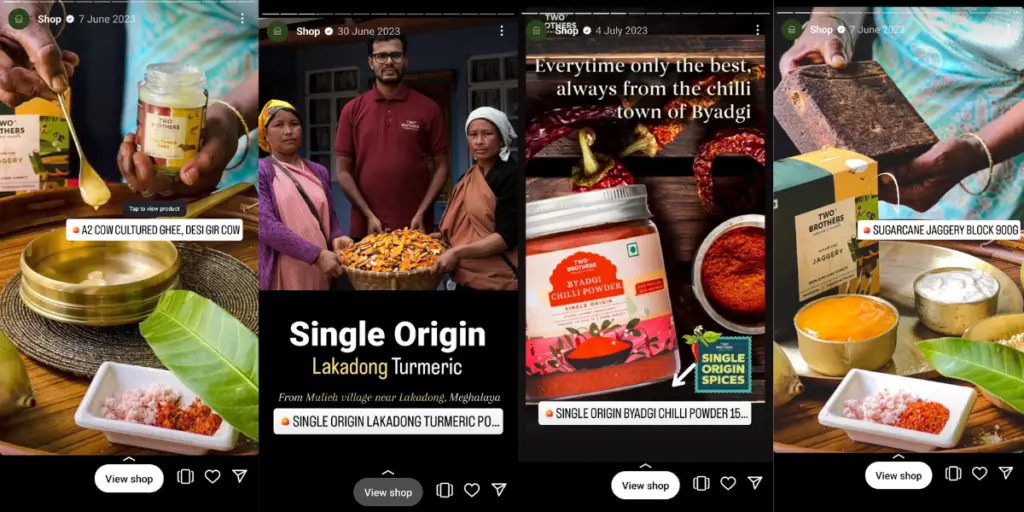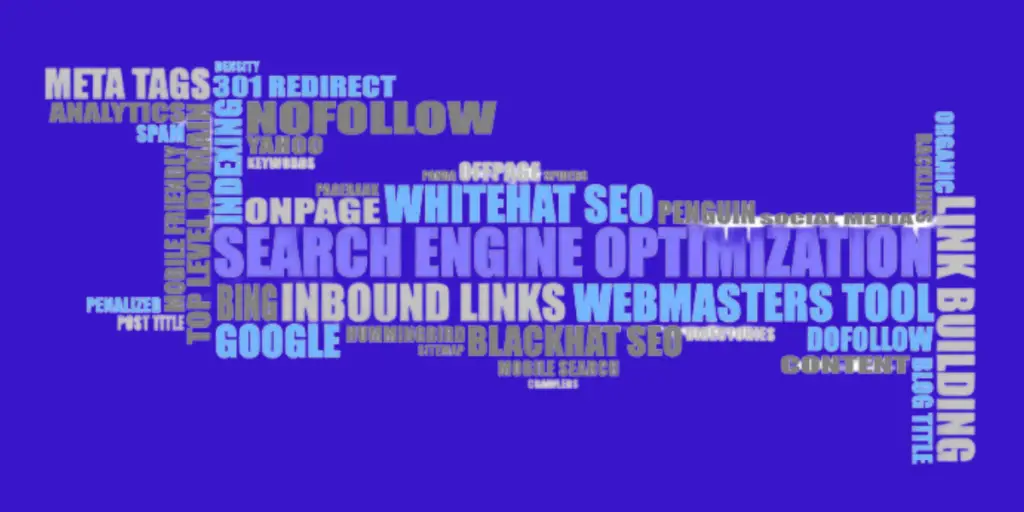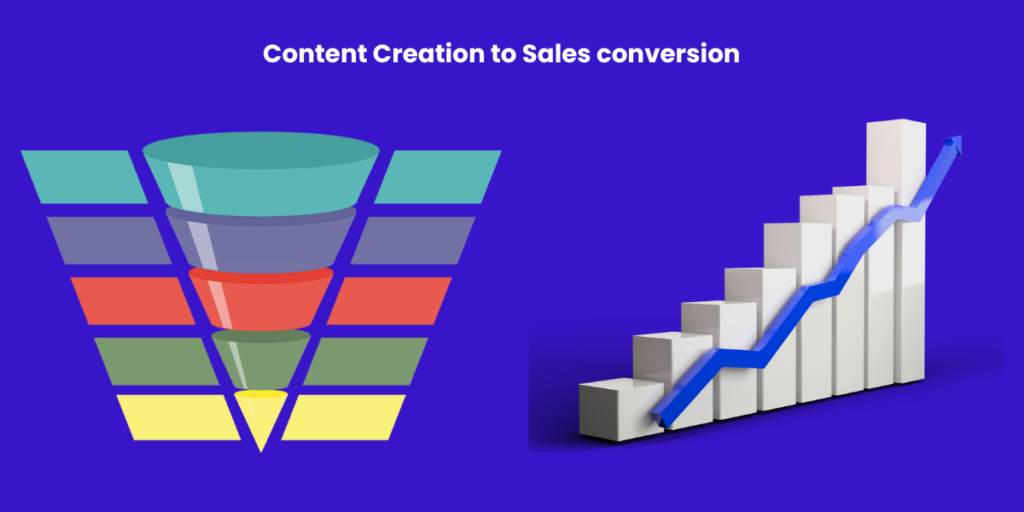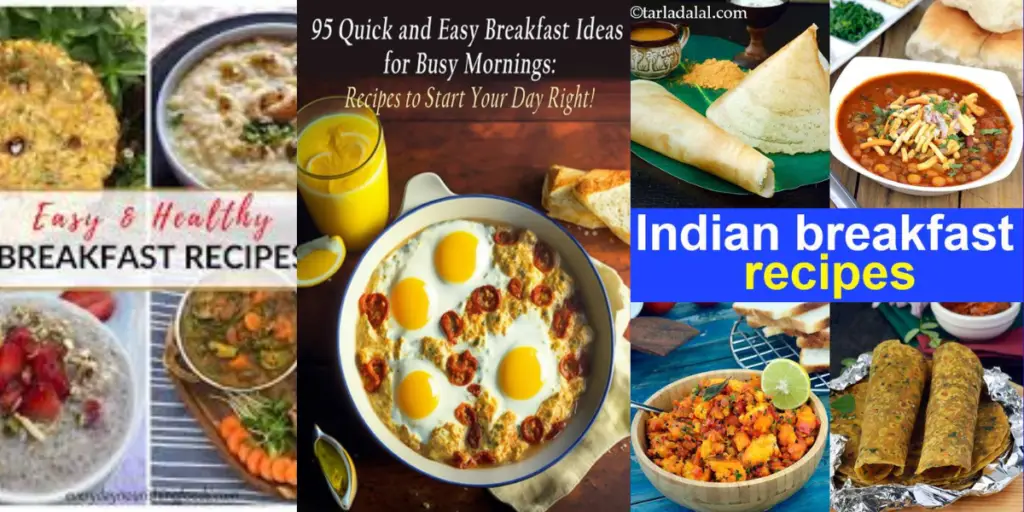Welcome to the exciting world of content creation!
Whether you’re a small business owner in a bustling city like Mumbai, a startup founder in Bangalore, or running a rural enterprise in the heart of Rajasthan, effective content creation can be your ticket to reaching a wider audience and building your brand.
Imagine you own a cozy café in Delhi. You’ve got great food, but how do you let people know? Traditional advertising might be too costly or not as effective.
This is where content creation comes in.
By sharing mouth-watering photos of your dishes on Instagram or writing engaging blog posts about the origins of your coffee, you can attract customers and create a loyal following without breaking the bank.
Consider the story of a small organic farm in the rural interiors of Madhya Pradesh. By sharing their journey on social media, posting videos about sustainable farming practices, and blogging about the benefits of organic produce, they educated their audience and built a strong community of supporters who value their mission and products.
In today’s digital age, content creation is a powerful tool anyone can harness. You don’t need a huge budget or a big team. Even the smallest business can create a big impact with the right strategies.
Whether you’re writing a detailed article or sharing a quick photo update, content creation is a versatile and essential tool in today’s digital landscape.
Let’s explore how you can start creating compelling content that resonates with your audience, boosts your online presence, and drives your business forward!
Table of Contents
ToggleWhat is Content Creation?
Content creation is the process of generating ideas and producing written, visual, or audio material for your target audience’s communication, information, entertainment, or education.
This content can be anything from blog posts, social media updates, and videos to podcasts, infographics, and more.
The goal is to inform, entertain, or engage your audience, often to promote a product, service, or idea.
Content can be in the form of an image, video, text or audio; or it can be a combination of some or all of these.

Why Content Creation Matters
Building Awareness

Content creation helps your brand get noticed. When you regularly share valuable and relevant content of your products and services your brand remains on top of the minds of potential customers.
Two Brothers Organic Farms shares posts about the benefits of their eco-friendly products on Social Media to increase visibility and attract environmentally conscious consumers to their digital ecosystem.
Engaging Your Audience

Quality content encourages interaction and keeps your audience interested. Engaging content fosters a sense of community and loyalty.
Amul is famous for its witty and topical ads that comment on current events. These ads are shared widely on social media and often go viral. Their creative take on current affairs, sports and other fields has encouraged discussions and engagement among followers, fostering a sense of community around the brand.
Improving Search Engine Rankings (SEO)

Search engines favour websites that regularly update their content. By creating SEO-friendly content, you improve your chances of appearing higher in search results.
An online store’s blog page includes posts like “Top 10 Smartphones Under ₹15,000 in 2024” and “How to Choose the Best Washing Machine for Your Home”. These articles are well-researched, contain targeted keywords, and offer valuable information to shoppers, helping improve search engine rankings and attract organic traffic.
Establishing Credibility

Consistently providing valuable content establishes your brand as an authority in your field. Credible content helps to build trust with your audience.
The Better India, a digital media platform, focuses on positive news and stories of social impact. By consistently sharing well-researched and inspiring content about initiatives and individuals making a difference in India, Better India has built trust and credibility with its readers, positioning itself as an authority on social change and positive journalism.
Driving Sales and Conversions

Content that addresses your audience’s needs and problems can guide them towards making a purchase. Effective content acts as a persuasive tool that converts visitors into customers.
MakeMyTrip publishes comprehensive travel guides such as “Best Family-Friendly Destinations in India”. These guides address travellers’ needs by suggesting ideal vacation spots, complete with itineraries and tips. By solving potential travellers’ dilemmas and providing valuable insights, MakeMyTrip effectively persuades readers to book their next trip through their platform.
Getting Started with Content Creation
Identifying Your Audience
Before you start creating content, it’s crucial to know who you are writing for. This means understanding your target audience—the people you want to reach with your content. To do this effectively, you need to define key details about them – demographics, interests, and pain points.
Demographics
Demographics are the basic characteristics of your audience. These include:
Age: Are they teenagers, young adults, middle-aged, or seniors?
Gender: Are you targeting men, women, or both?
Location: Are they from urban cities like Mumbai and Delhi or rural areas?
Income Level: Are they high earners, middle-income, or budget-conscious?
Interests
Interests refer to what your audience likes and enjoys. This could be hobbies, activities, or things they are passionate about.
Pain Points
Pain points are the problems or challenges your audience faces. Understanding these can help you create content that offers solutions and adds value.
Understanding Audience Needs

Creating content that speaks directly to your audience’s needs and preferences is crucial for engaging them effectively. This means understanding what your audience wants, what problems they face, and how you can provide solutions or value through your content.
Chefs share recipes that cater to the diverse culinary preferences of Indian households. Their website features content such as “Quick and Easy Breakfast Recipes for Busy Mornings” and “Healthy Indian Snacks for Kids.” These recipes address the need for nutritious and easy-to-make meals, helping parents and busy individuals cook delicious food at home.
Plan Your Content
Set Goals
When creating content, it’s crucial to have a clear goal in mind. Whether you aim to increase website traffic, boost sales, grow your social media following, or achieve another objective, knowing your goal helps you create focused and effective content.
Research Topics
Conduct research to find out what topics resonate or strike a chord with your audience. Use keyword tools, social media trends, and competitor analysis.
Keywords are the words or phrases people are searching for on the internet.
Social Media trends are what’s popular or trending on social media platforms
Create a Content Calendar
Plan your content in advance by creating a content calendar. This helps in maintaining consistency and ensures a steady flow of content.
When to Publish Your Content: Timing Your Content
Best Times to Post
The timing of your posts can significantly impact their reach and engagement. Posting when your audience is most active ensures higher visibility.
For Indian audiences, optimal times can vary:
Facebook and Instagram: Early mornings (7-9 AM) and late evenings (8-10 PM) when people are commuting or relaxing after work.
Twitter: Lunchtime (1-3 PM) and late evenings.
YouTube: Weekends and evenings, as people have more time to watch longer videos.
How Often to Publish
Consistency is key to keeping your audience engaged. However, the frequency should balance quality and quantity to avoid overwhelming your audience.
Blog Posts: Aim for 1-2 high-quality posts per month. For instance, a travel blog in India might post detailed travel guides or itineraries every Wednesday and Saturday.
Facebook and Instagram: 3-5 times a week, focusing on visually appealing and engaging content.
Twitter: Daily or multiple times a day, given its fast-paced nature.
YouTube: Weekly or bi-weekly, with well-produced content.
Planning Around Events and Seasons
Aligning your content with relevant events, holidays, and seasons can boost its relevance and engagement.
Festivals and Holidays: Create content around major Indian festivals like Diwali, Holi, Eid, or Christmas.
Seasonal Trends: Tailor your content to fit seasonal needs. During the monsoon season, a travel blog could share the best monsoon getaways, while a skincare brand might offer tips for monsoon skincare.
Special Events: Capitalize on local and national events. A tech company might publish articles around major tech conferences in India, while a sports brand could align content with cricket seasons or the Olympics.
By carefully timing your content, you can maximize its impact and engagement. Understanding your audience’s behavior, maintaining a consistent posting schedule, and aligning content with relevant events and seasons will help you create a robust content strategy tailored to the Indian context.
